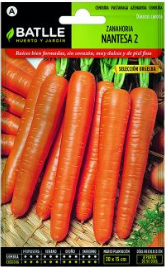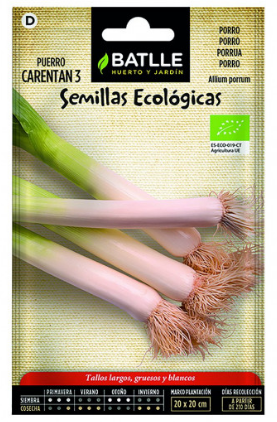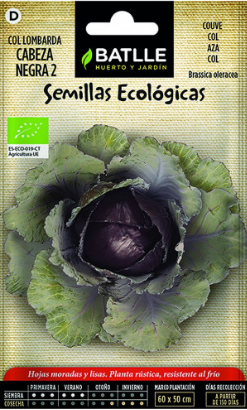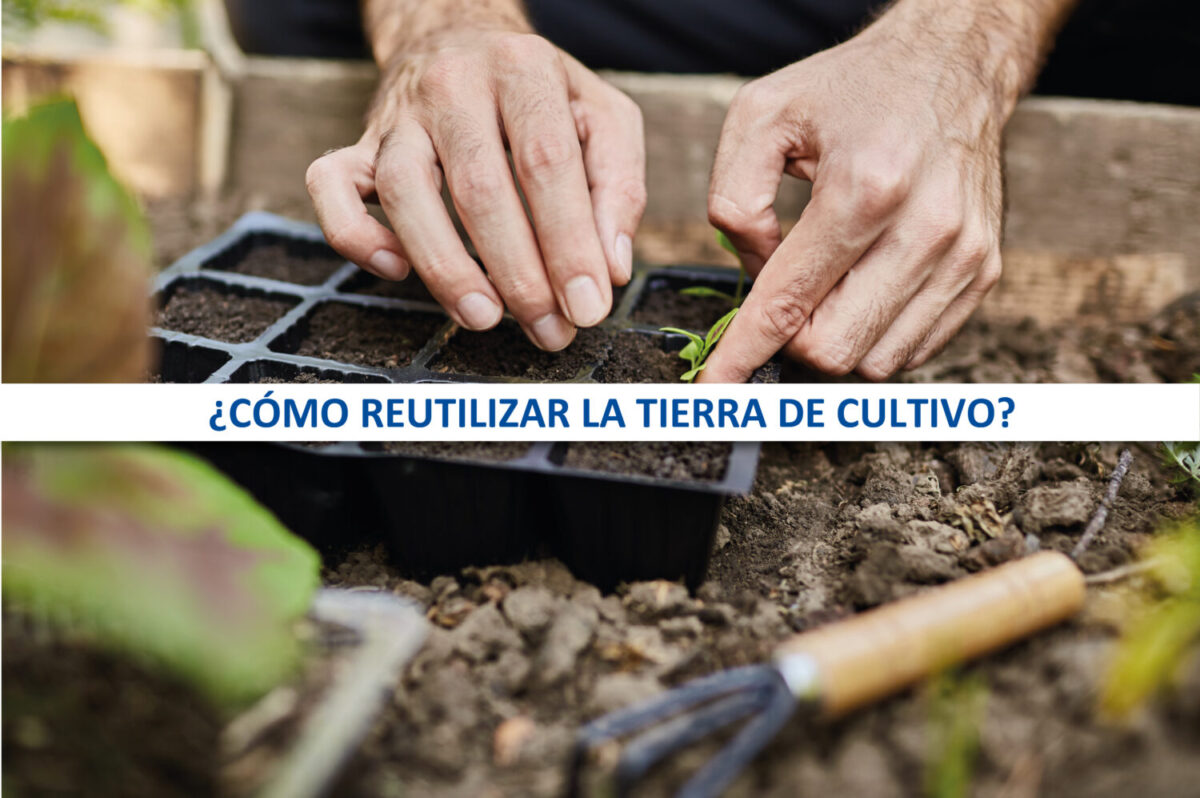It is only logical to want to reuse agricultural soil. But, as you may have noticed, after some use soil loses its nutrients and is apparently no longer suitable for further cultivation. However, not everything is wasted: today we will learn how to reuse agricultural soil.
Is my substrate good for reuse?
When the soil is black with reddish or yellowish and purplish touches, the soil is perfect. It has a good level of organic residues, a good oxidation of iron and manganese. This soil will be well aerated, perfect for a series of fungi and bacteria that plants need for their growth.
Nevertheless, if the soil has a grayish color, it lacks organic matter and is not being properly aerated. If this happens, our plants will not grow properly, as the bacteria and fungi that live in the soil will absorb the nutrients that the plants require because they cannot find them in the soil.
Unfortunately, if the soil is very dry and gray, it will be very difficult to reuse it, so it will be better to buy it again.
In the next section, we will tell you the process you should follow to reuse agricultural soil.
Drain the water well
By draining the water, we force it to carry away the salts contained in the pot, thus eliminating excess nutrients from our agricultural soil.
Remove the pieces of roots that the water cannot break down
They will only hinder the proper growth of our plants.
Pasteurization of water
How? First, boil water and then water the soil with it. After this step, we will put the watered soil in bags and leave them in the sun for two weeks. In this way, any bacteria or virus that our soil does not need will disappear.
Add organic matter
Una vez transcurridos los 15 días, cogeremos nuestras bolsas y las nutriremos, materia orgánica, humus de lombriz, fibra de coco, etc.
Once the 15 days have elapsed, we will take our bags and nourish them with organic matter, earthworm humus, coconut fiber, etc.
Add bacteria and fungi
The last step will be to add to our substrate the necessary bacteria and fungi so that the plants feel comfortable to grow perfectly.
Here’s a tip: we recommend planting this in February!






Find out more about the advantages of having an organic garden by clicking here.
Organic products are a great opportunity to eat much healthier and still enjoy all the benefits of a home orchard.
